Last Updated on December 18, 2022 by Gaga
I’m just going to come right out and say it, lowlights are sexy. They’re sort of the mysterious and understated counterpart to a highlight. Remember in the ’90s when the clothing fashion trend was a short, silky slip dress underneath an oversized blazer? The first thing you saw was the blazer. Chunky and cute, it was the obvious part of the outfit. You couldn’t take your eyes off it. But now and then that silk dress would peek-a-boo each time the wearer took a stride. You’d catch a glimpse of the delicate lace trim lining the sweetheart’s neck. Or maybe you’d see the shiny fabric glimmer with each and every step.
Lowlights do exactly what that slip dress did: they make the whole thing look better using subtle persuasion. They bring depth and intrigue to the hair, which is undeniably sexy.
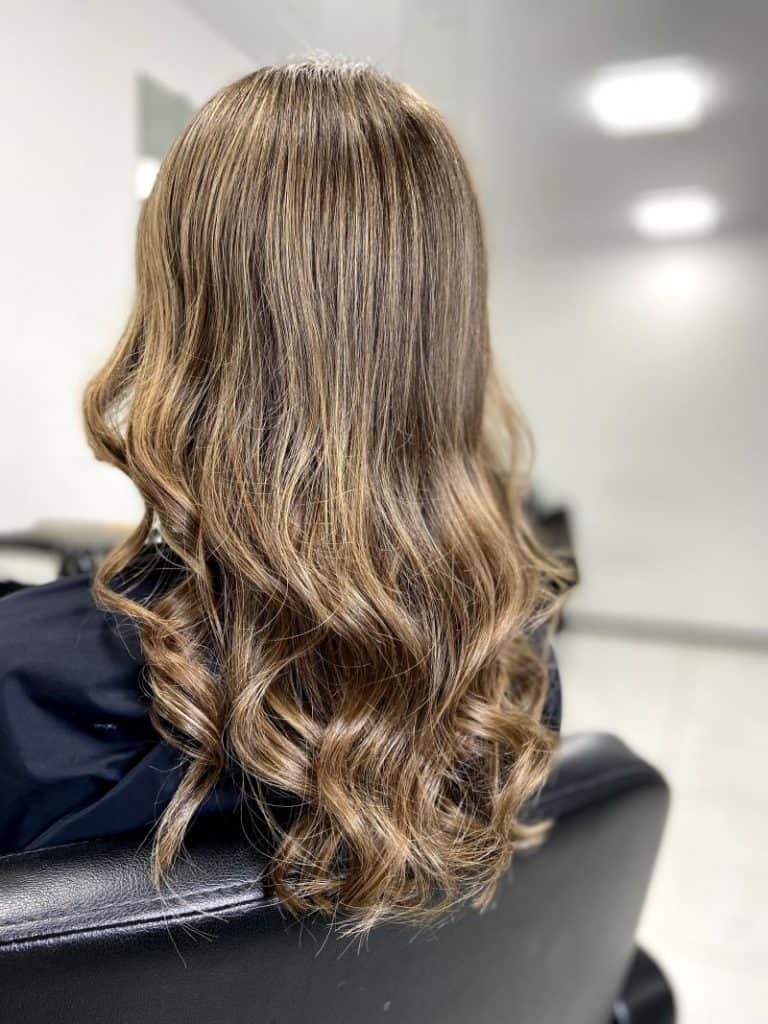
So, What’s the Difference Between Lowlights and Highlights?
They really are opposites. A highlight is created when a colorist uses a lightener to get the natural color of the hair to go from darker to lighter. Bleach is a common lightener, and it works by entering the hair strand and oxidizing the pigments (colors) already in the hair. For example, dark brown hair color can be lightened with bleach to red, orange, and lighter brown. If you continue to lighten the hair with bleach, you’ll get gold, yellow and pale yellow. If the process continues to remove all of the protein color pigments in the hair, you can get platinum (white blonde).
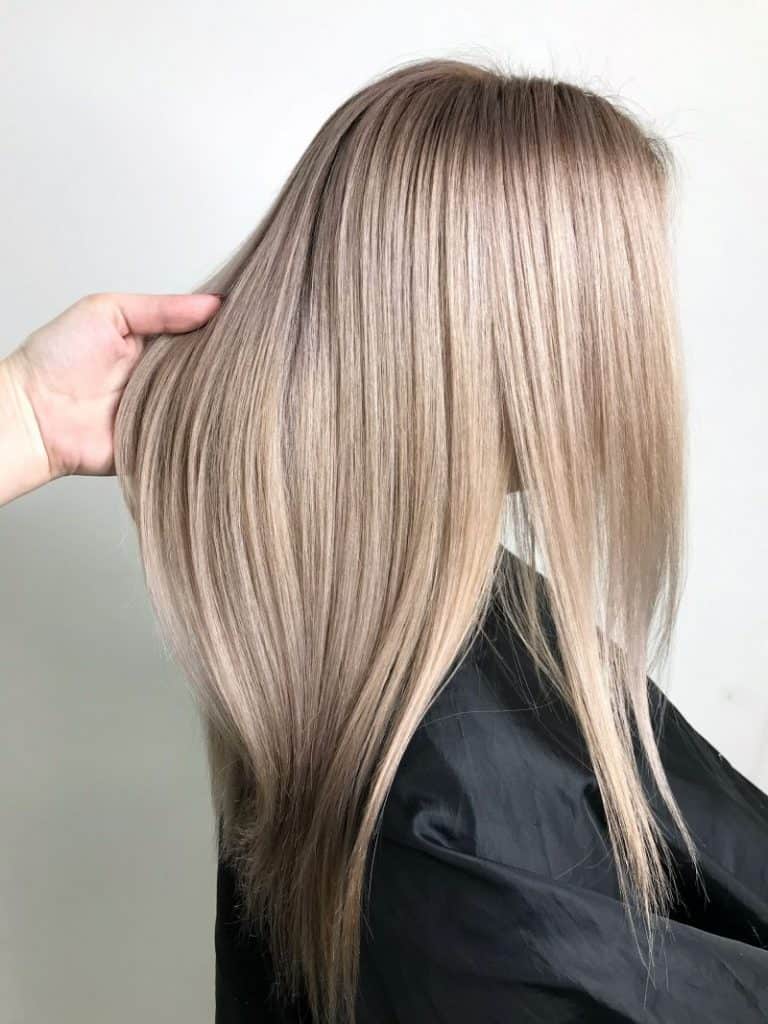
A lowlight on the other hand is created when a colorist takes a product containing color pigments in it and then applies it to the hair to make it darker than it already is. The colors deposit into the cuticle of the hair shaft and change the color you see. For example, if you want to go from blonde to brown, you can use color to lowlight the hair. The color deposits its molecules into the hair, making it darker. You can use a lowlight to make a light blonder a darker blonde or a light brunette a darker brunette. Commonly you’ll see lowlights used to create high-contrast blonde. These are the highlights that are very bright blonde, and the lowlights are a deep brown.
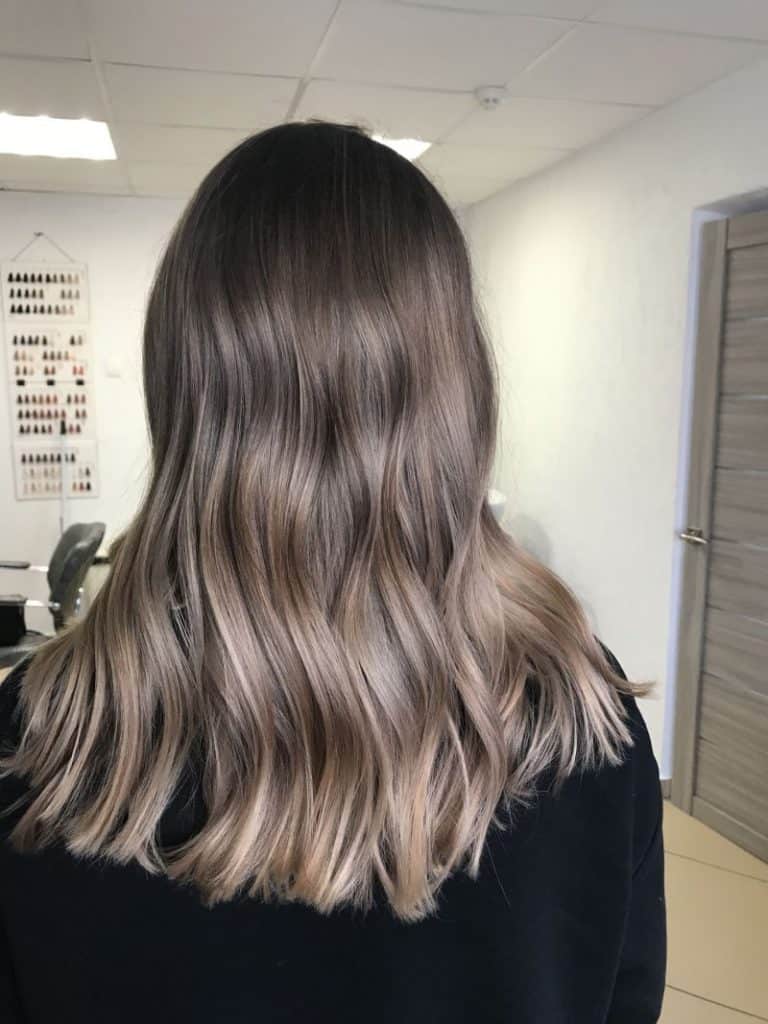
What Exactly Do Lowlights Do?
The goal of a lowlight is to provide depth in the hair. Instead of a solid blonde, imagine the hair is beautifully organized with darker colors intermixed with the blonde. These darker tones can be a shade or two darker than the blonde or can be many shades darker for a more dramatic effect. High-contrast hair like this is often described as having “poppy pieces.” Lowlights make blondes look blonder through an optical illusion.
When you put something bright against a dark backdrop, it makes the light color look even lighter! This trick is so incredible, that colorists everywhere are practicing something called a “Reverse Balayage.” This is when you lowlight the entire head in strategic places and the effect is the hair has these poppy pieces of blonde in the end.
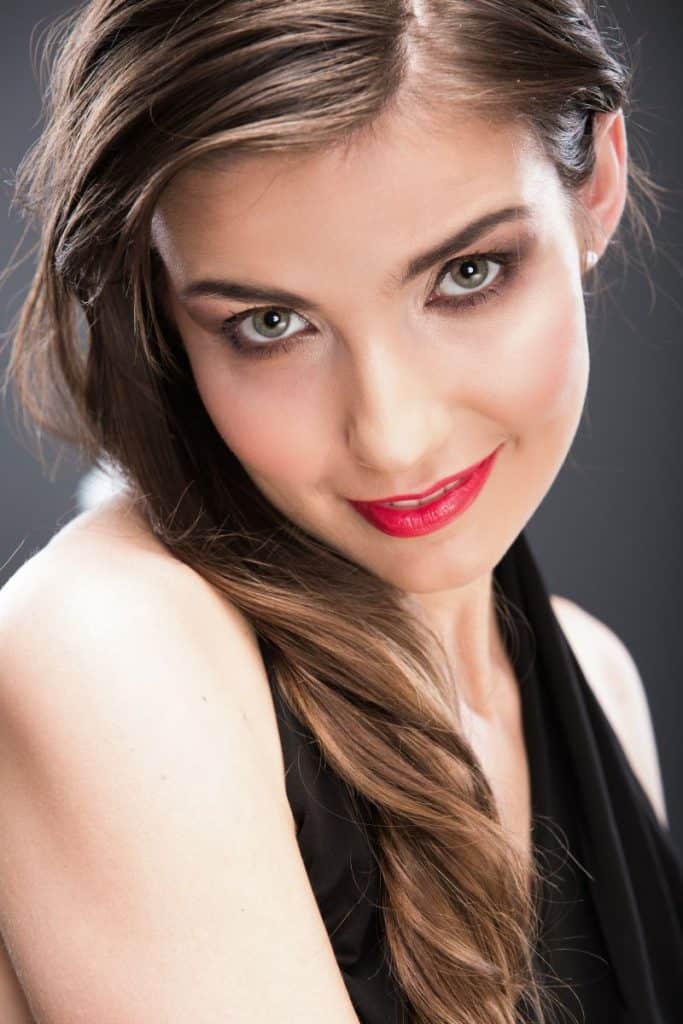
Lowlight Placement
Lowlights are meant to be understated, but that doesn’t detract from what they do in the hair. A very skilled colorist will be able to visualize “shadows” or those darker backdrops mentioned earlier. Knowing exactly where to put a shadow is what increases the brightness effect of the blonde highlights.
There are many different ways to lowlight, so I’ll just cover a couple.
The first is a traditional foil lowlight. There’s this pattern that alternates lows and highs inside the foils. The ratio is more highlights to lowlights. This adds sublet depth to the blonde who wants to be really blonde but has a small amount of depth.
Then there are balayage lowlights. It’s when a thin strand is hand-painted just near and under the hand-painted highlight. This is probably my favorite placement. It’s so natural-looking.
Then there’s a reverse Balayage. This is a form of lowlighting where the placement is approached much like a full balayage. Instead of going lighter, you’re strategically darkening certain pieces typically to make the lighter pieces pop more. Sometimes it’s done to create an overall less blonde effect as well. However it’s used, it is so lovely, relaxed, and natural-looking.
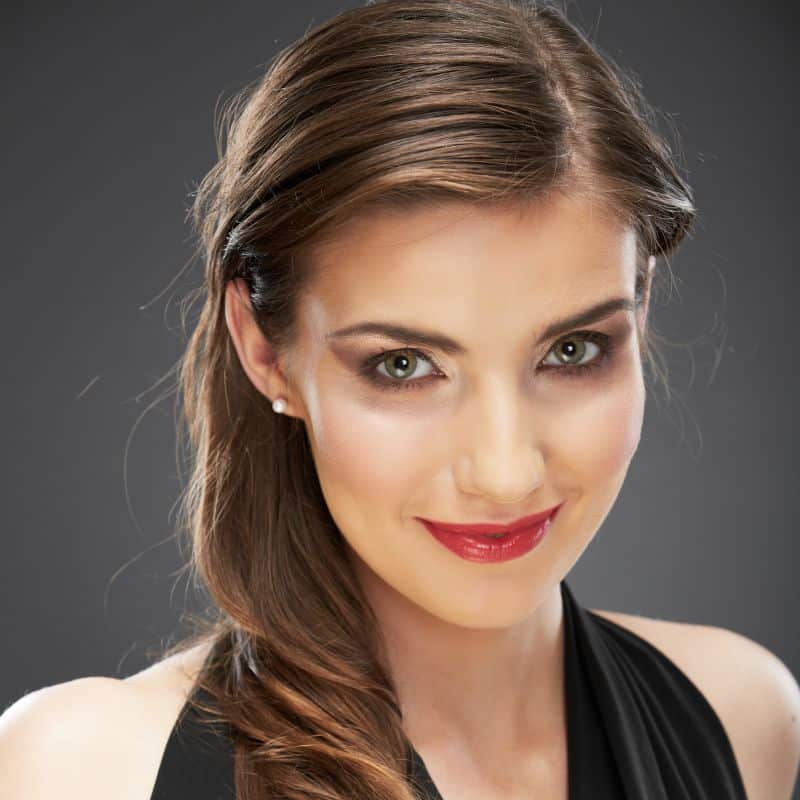
Do Lowlights Damage Hair?
Deciding when to get lowlights can be done with the help of your colorist. Often, it’s used when someone doesn’t want to be a solid blonde or wants to communicate a beautiful “lived-in” feel. It can also be used when the hair over time becomes too blonde. Adding in lowlights brings the hair back to a more natural feel.
Then there’s the health of the hair to consider. When blondes are highlighted 6-8 weeks apart, the hair can become stressed. There are times when breakage can occur. At this point, many people decide to lowlight to help their hair have a break. Lowlighting during recovery periods helps the hair heal. There’s something so refreshing about painting over damaged blonde hair. You can almost hear the hair say “Ahhh, that’s better.”
If you’re considering lowlights, make sure to check with your colorist about the effect and what you’re going for. Making a mistake in this department isn’t fatal, but you do want to be in good hands as there are unfortunately many things that can go wrong. Don’t let that hold you back though. Remember, lowlights are sexy and healthy for your hair. Kind of a win-win! And who doesn’t need a few of those?
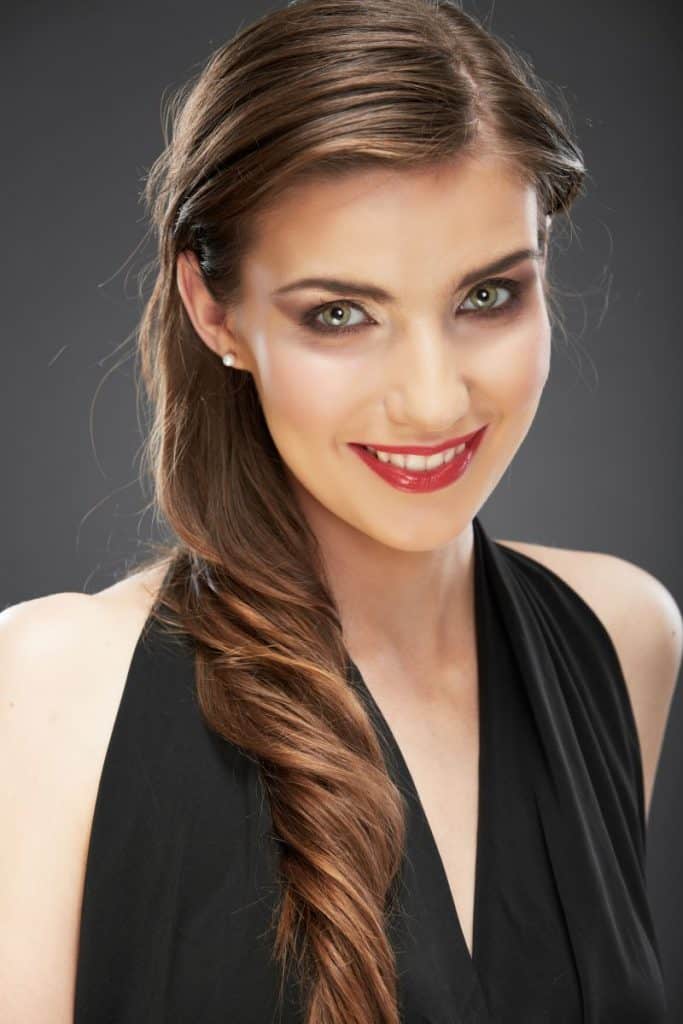
Gaga is a blogger and founder of the Softer Hair website. She often says that insomnia is to blame for her first blogging attempts. Being the night owl, she hated the morning alarm. She left her office job and returned to what she loved most - writing.

